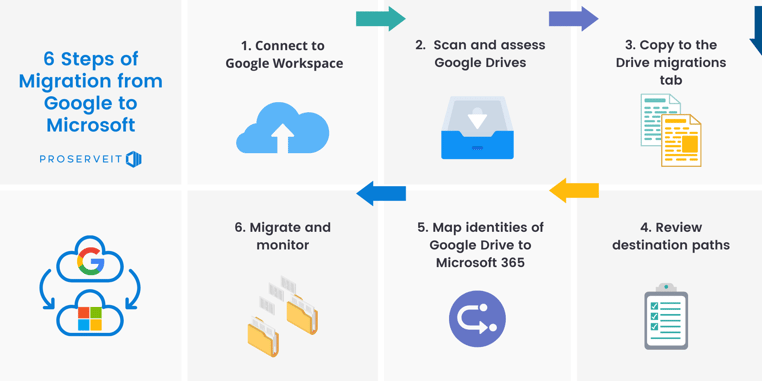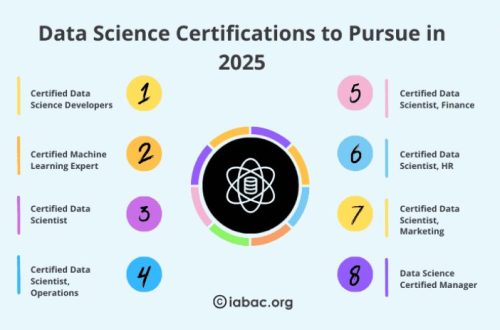Migrating to MS Office 365 can feel like stepping into a whole new world. It promises enhanced collaboration, improved security, and access to the latest features, but the journey itself can be daunting. In 2021, businesses of all sizes grappled with the complexities of this transition. This review aims to cut through the jargon and provide a clear, human-centered perspective on what to expect, what to avoid, and how to make your Office 365 migration a success. So, buckle up, and let’s dive in!
Planning Your MS Office 365 Migration Strategy
Before you even think about clicking that “migrate” button, a solid plan is crucial. Failing to plan is planning to fail, right? Think of it like building a house – you wouldn’t start laying bricks without a blueprint. Your migration strategy should encompass everything from data assessment to user training.
Assessing Your Current Infrastructure for MS Office 365 Migration
First, take a good, hard look at your existing IT infrastructure. What are you currently using? How much data are you migrating? What are your bandwidth capabilities? These are all critical questions to answer. You need to know what you’re working with before you can move forward. Consider these points:
- Current email system (Exchange, IMAP, POP)
- File server setup (on-premise, cloud)
- Existing software integrations
- User accounts and permissions
Ignoring these factors can lead to unexpected downtime and data loss. Nobody wants that! A thorough assessment will help you choose the right migration approach and avoid costly mistakes.
Choosing the Right MS Office 365 Migration Method
There’s no one-size-fits-all approach to Office 365 migration. The best method for your organization will depend on your specific needs and resources. Are you a small business with limited IT staff, or a large enterprise with complex requirements? Let’s explore some common options.
Cutover Migration for MS Office 365
A cutover migration is like ripping off a band-aid – quick and (potentially) painful. It involves migrating all your data at once, typically over a weekend. This is best suited for smaller organizations with minimal downtime tolerance. However, be prepared for a period of adjustment as users get used to the new system.
Staged Migration to MS Office 365
A staged migration is a more gradual approach, migrating users in batches over a longer period. This allows for a smoother transition and reduces the risk of widespread disruption. It’s a good option for larger organizations with more complex environments. Think of it as a marathon, not a sprint.
Hybrid Migration for MS Office 365
A hybrid migration involves maintaining both your on-premise Exchange environment and Office 365 simultaneously. This allows you to gradually move users to the cloud while keeping some resources on-premise. It’s a complex setup but offers the most flexibility and control. Are you ready for the challenge?
Data Security During MS Office 365 Migration
Data security is paramount during any migration project. You’re entrusting your sensitive information to a third-party provider, so it’s crucial to ensure that it’s protected every step of the way. What measures are you taking to safeguard your data?
Encryption and Compliance in MS Office 365
Ensure that your data is encrypted both in transit and at rest. Office 365 offers robust encryption capabilities, but you need to configure them properly. Also, be aware of any compliance requirements that apply to your industry (e.g., HIPAA, GDPR). Failing to comply can result in hefty fines.
- Enable multi-factor authentication (MFA) for all users.
- Implement data loss prevention (DLP) policies.
- Regularly back up your data.
Remember, security is a shared responsibility. Microsoft provides the tools, but you’re responsible for using them effectively.






